Commercial leases can be tricky, but we simplify the process. Our library has flexible templates for offices, stores, and factories, allowing you to customize them to fit your needs.
We also provide practical support with step-by-step guides, legal tips, and negotiation advice. Clear and accessible leasing resources for everyone, no experience needed.
Download your perfect lease agreement from our collection of customizable MS Word templates. Enhance your agreement with insights and negotiation tips from our legal guidance section.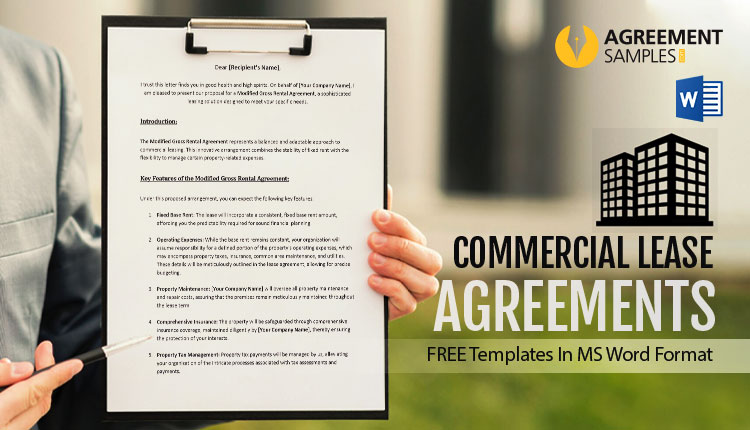
Visit our website regularly to stay updated on market trends and share our resources with your network. We welcome your feedback. Start your leasing journey with confidence today!
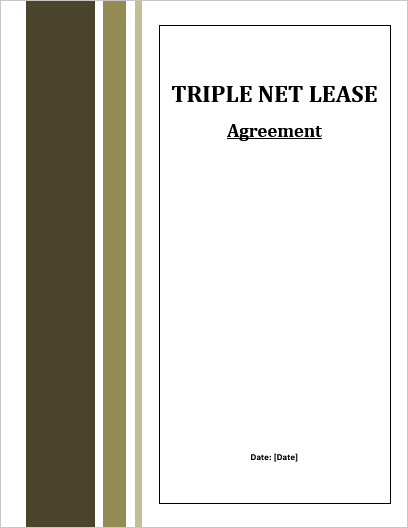
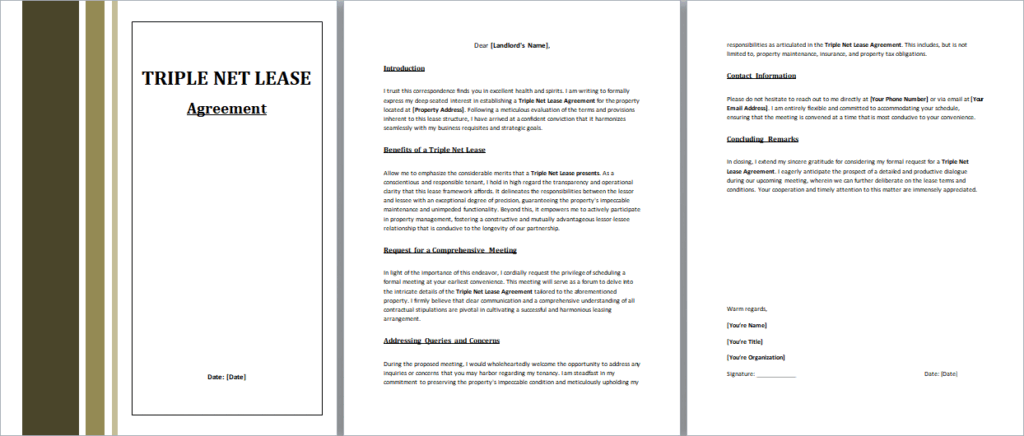
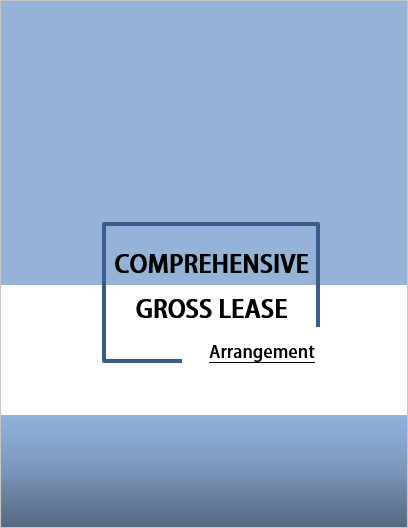
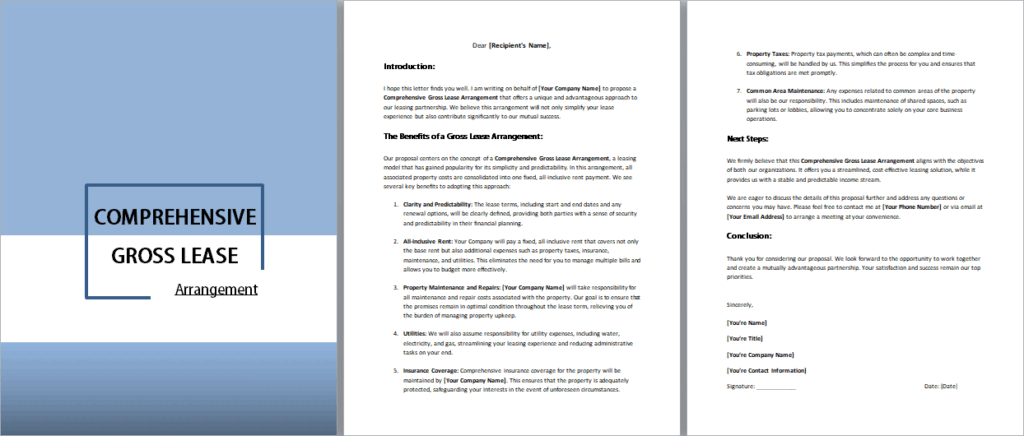
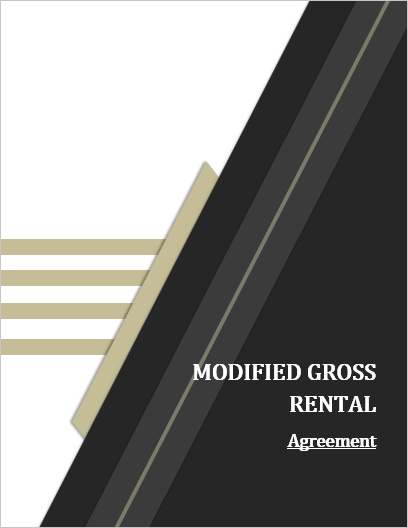
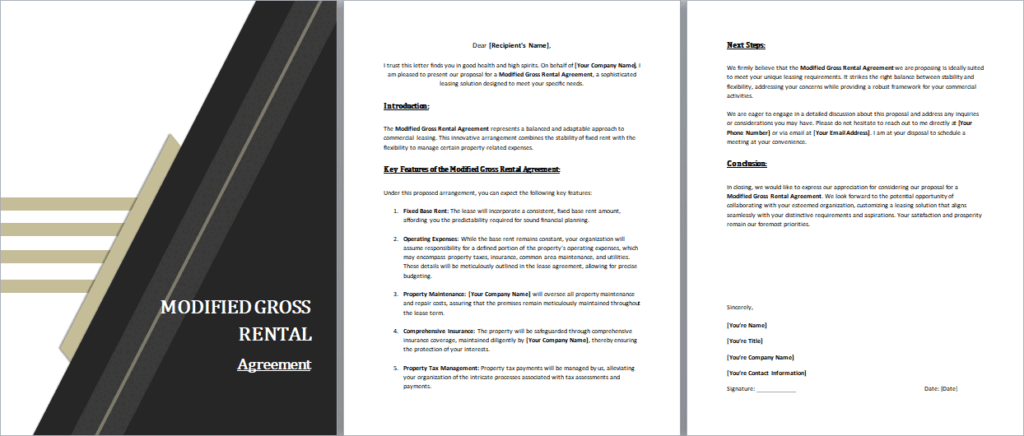
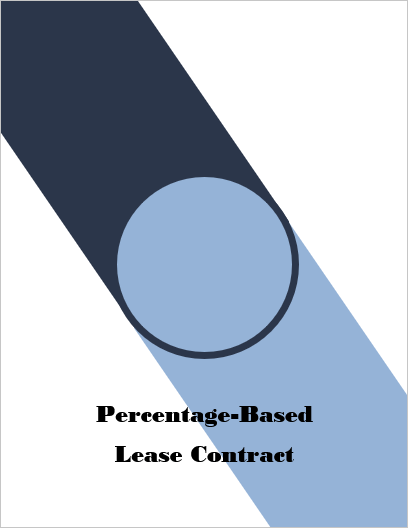
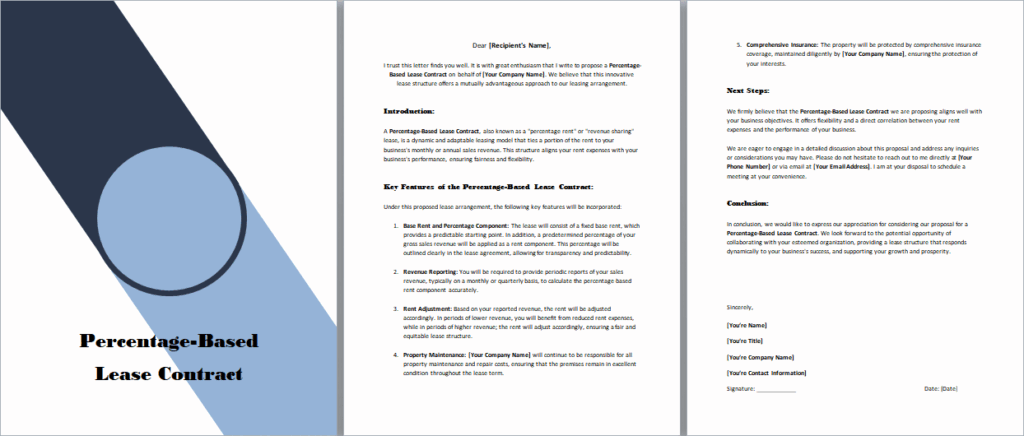
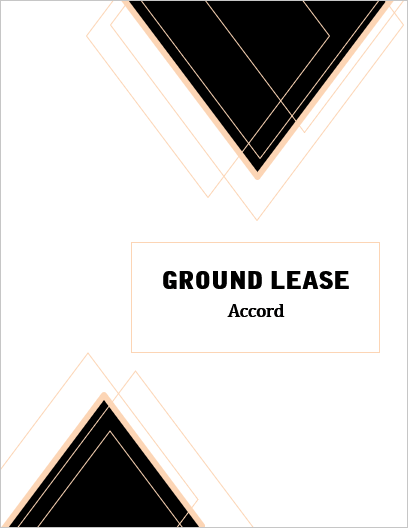

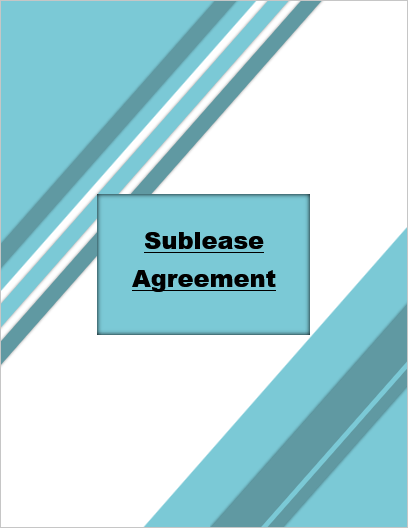
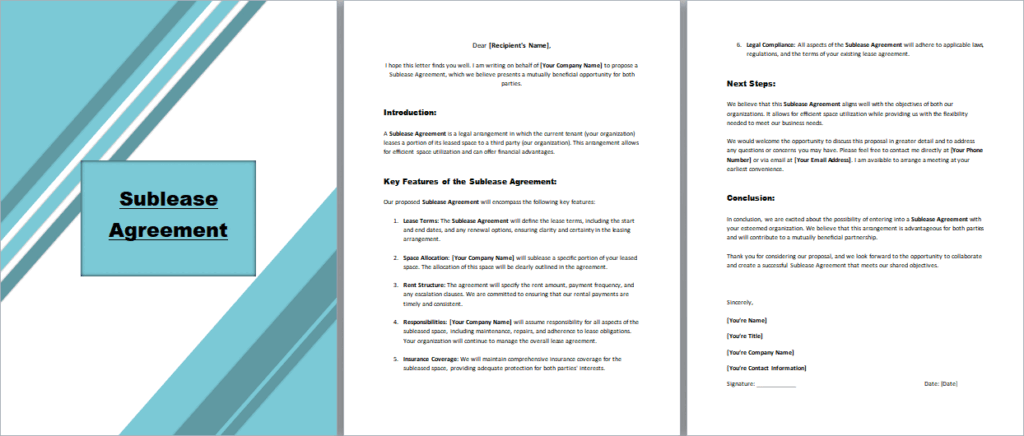
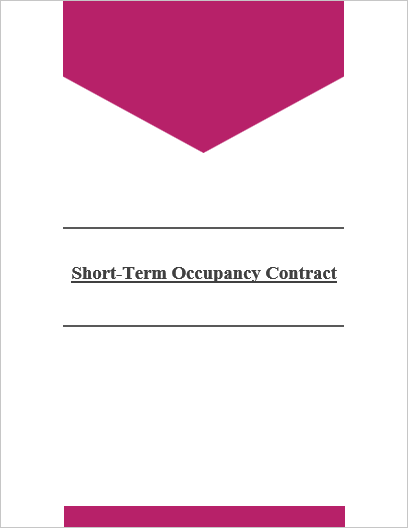

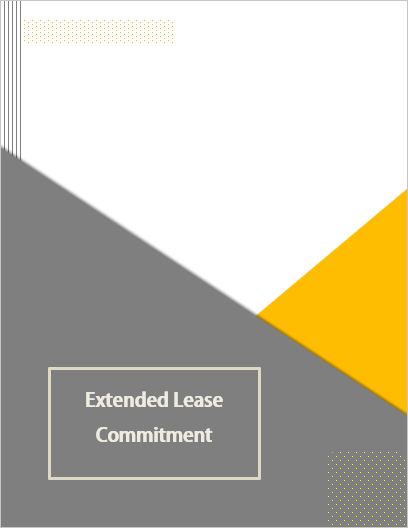

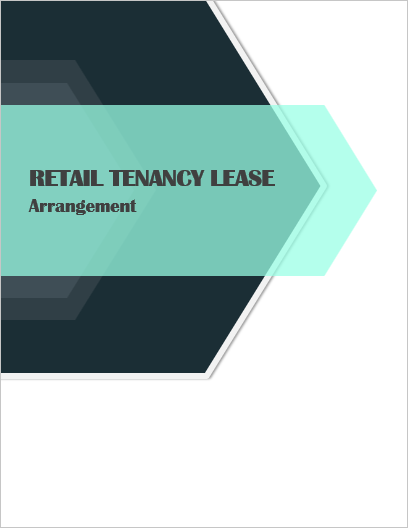
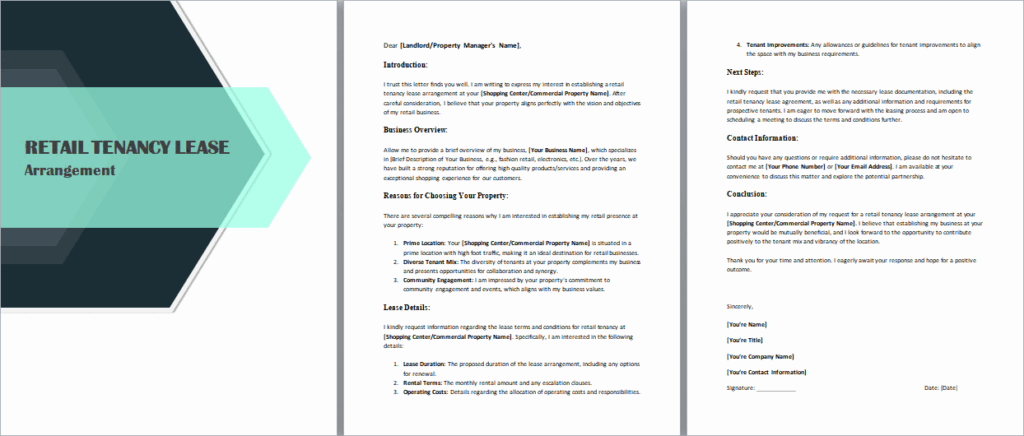
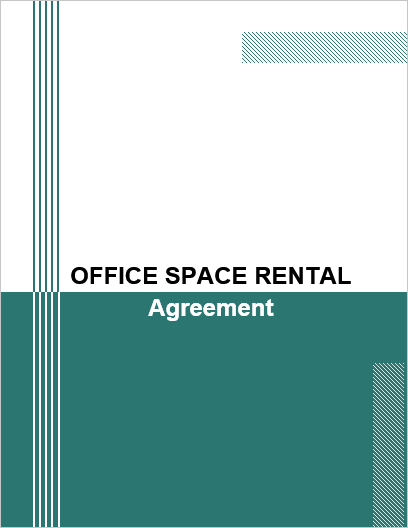
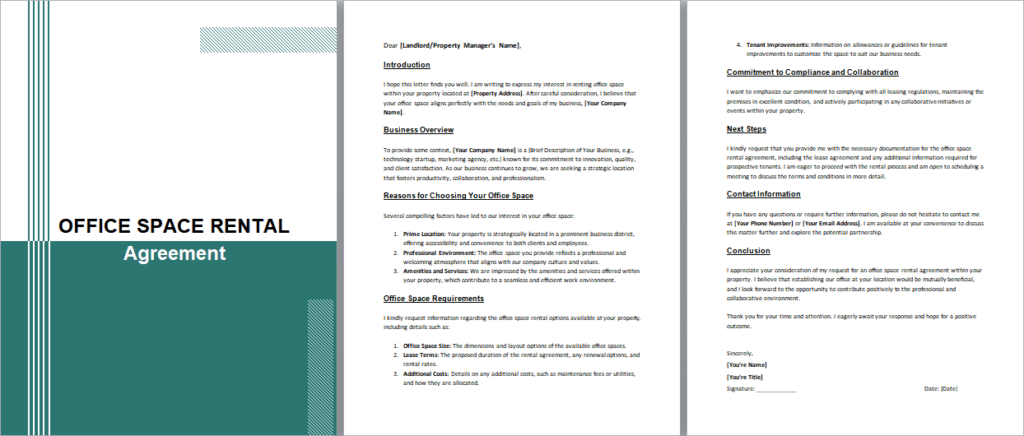
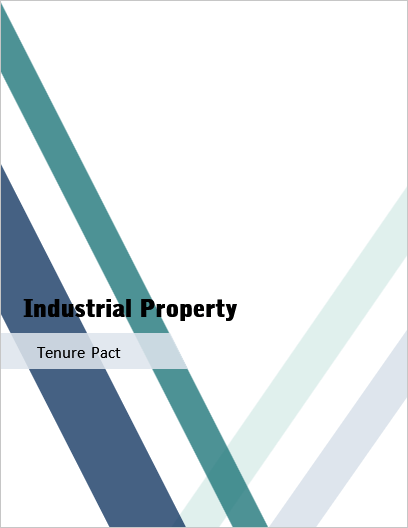

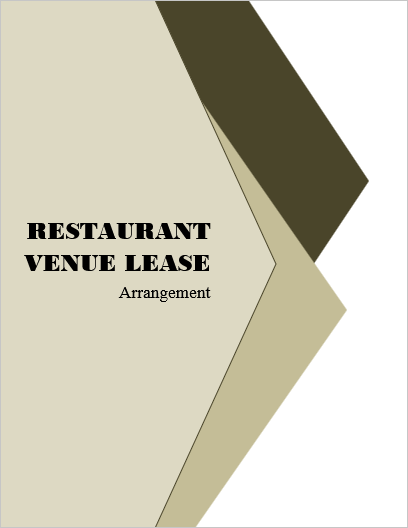
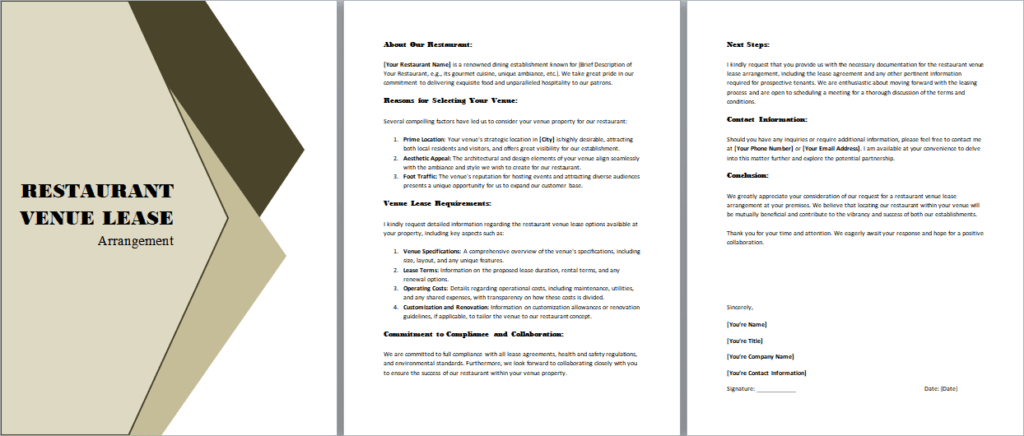
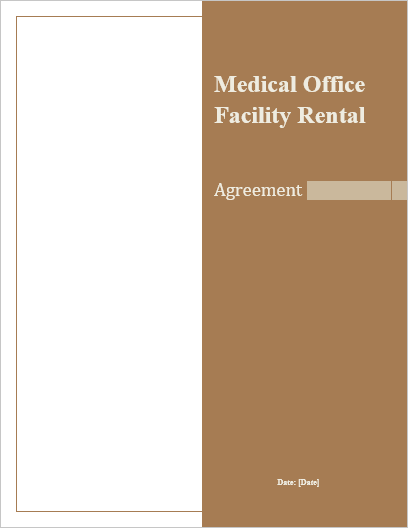

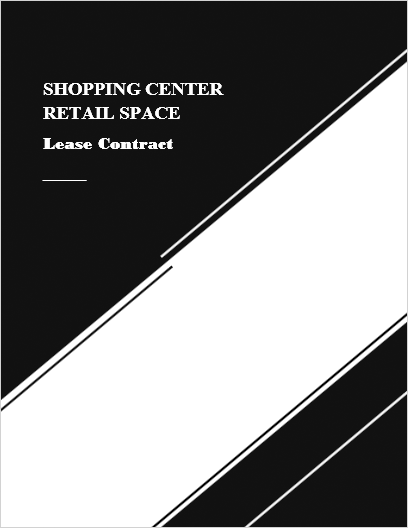
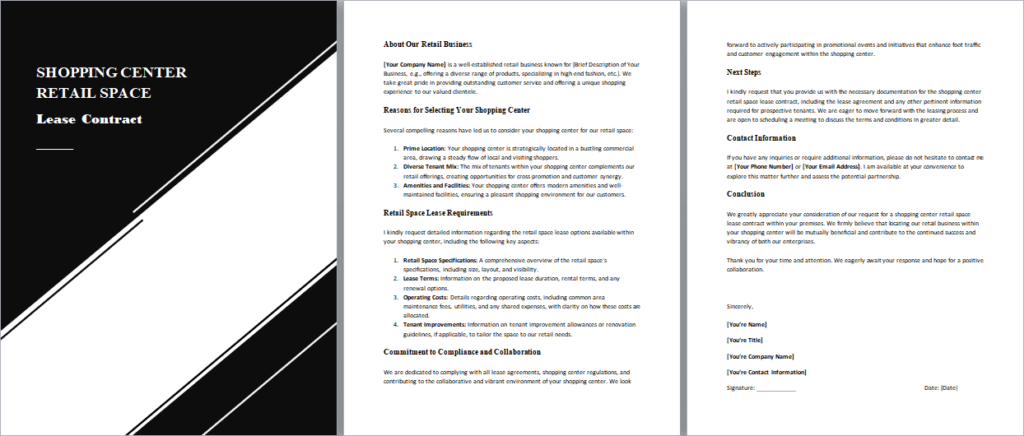
These points ensure a clear understanding of common area usage and maintenance for both tenants and landlords.
← Previous Article
15+ One-Way NDA Templates to Protect Your Secrets